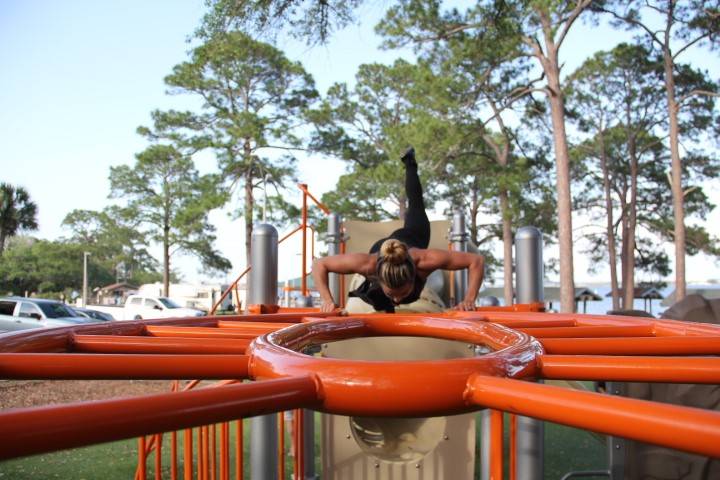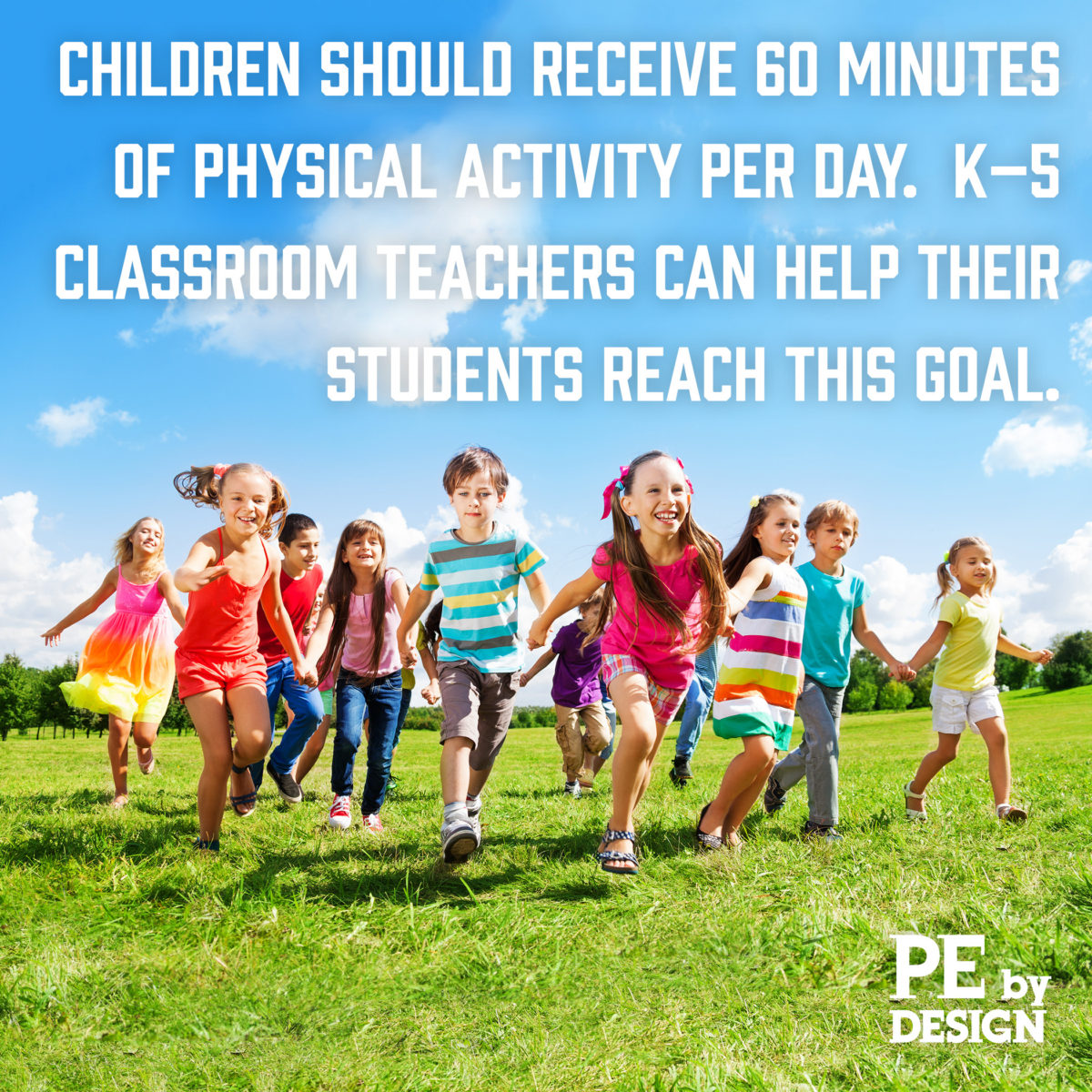Physical Education can be a challenging subject for classroom teachers. Here are five simple steps to help you start building a quality PE program for your class.
Step 1: Determine how many minutes you need to teach.
In most states, public elementary schools are required to provide physical education instruction to their students. If a school has no dedicated PE teacher to provide the instruction, classroom teachers must usually pick up the slack.
California, for example, mandates that students in grades 1 through 5 receive 200 minutes of PE instruction every 10 school days. If a dedicated PE teacher provides 60 minutes of PE instruction per week, someone else, usually a classroom teacher, must provide the remaining 40 minutes of instruction.
Find out how many PE minutes are mandated for your students. If your school has a dedicated PE teacher who meets part of the obligation, determine who is responsible for the rest. If you are, figure out exactly how many minutes per week you are responsible for. Make it your goal to provide at least that many PE minutes each week for your class.
Step 2: Familiarize yourself with fitness guidelines for children.
The ongoing childhood obesity epidemic forms an important backdrop to teaching physical education. Classroom teachers can play a proactive role in this crisis and help their students lead healthier lives by offering effective, fitness-based activities during PE. To prepare for teaching PE, you can explore reliable guidelines for children’s fitness. The Centers for Disease Control and Prevention (CDC), for example, outlines recommended fitness objectives for children on its website.
The most important CDC recommendation for children’s fitness is that children should engage in physical activity for at least 60 minutes a day. Those minutes don’t have to be consecutive. If your students have 10 minutes of activity in the morning, 20 minutes during lunch, and 30 minutes in the afternoon, they’ve met the daily goal. (Giving students multiple short periods of activity throughout the day benefits them in other ways as well. These breaks help students let off steam and stay alert and focused for the classroom activities that follow.)
Step 3: Make fitness your first objective.
What should classroom teachers teach during PE? Since most classroom teachers do not have a fitness or PE background, selecting activities can be a challenge. My advice is to keep things simple and to focus on fitness by choosing activities that keep your students moving. These activities can include locomotor movements (such as jogging), strength exercises (such as push-ups), or games that require students to be physically active a majority of the time (such as a tag game).
Be aware of your state’s physical education content standards for your grade level. However, attempting to meet all of those standards can be a challenge since there tend to be many state standards per grade level. SHAPE America (Society of Health and Physical Educators) has developed a set of five national physical education standards. Four of the five SHAPE standards relate directly to fitness development, a fact that underscores the importance of focusing on fitness in PE classes.
A majority of the activities in PE by Design: The Classroom Teacher’s Physical Education Program, require students to stay in motion. These activities include tag games, jogging, fitness lessons, and jumping rope, all of which emphasize nonstop movement.
Step 4: Schedule time for PE, and take advantage of unscheduled time.
It’s good to schedule PE sessions in advance. For an ideal session, you might bring your students outside, give them a 5-to-10-minute warm-up, and lead them through at least one additional fitness-based activity. Give yourself 20 minutes or more for that load of activities. But remember that all physical activity during the day counts toward the CDC’s recommendation: 60 minutes of physical activity per day.
Even a brief jog will benefit your students. Take advantage of any short, unexpected breaks in your schedule—perhaps 5 minutes right after lunch or 5 minutes before the end of the day—and bring your students outside for a short period of exercise.
Step 5: Discuss the importance of exercise with your students.
Making sure your students get their mandated PE time is important. But a truly successful physical education program does more. It helps students understand fitness concepts and motivates them to continue exercising throughout their lives.
It’s therefore paramount for your students not only to exercise in your class, but also to develop an understanding of exercise and the motivation to continue exercising as they age. To create a good foundation for a lifetime of physical fitness, give your students simple, positive messages, such as “exercise an hour a day—every day.” Also, encourage your students to participate in exercises that they enjoy. Discuss these objectives with your students throughout the school year.
Such conversations do not have to be formal. Perhaps you went on a hike or a jog over the weekend. Talk about it with your students. Ask if they exercised over the weekend themselves. Praise the students who did, and remind your class that daily exercise leads to a healthier, happier life. Indeed, students who understand that their lives will be richer and more enjoyable if they are healthy, are more likely to stay active as they move beyond elementary school.




